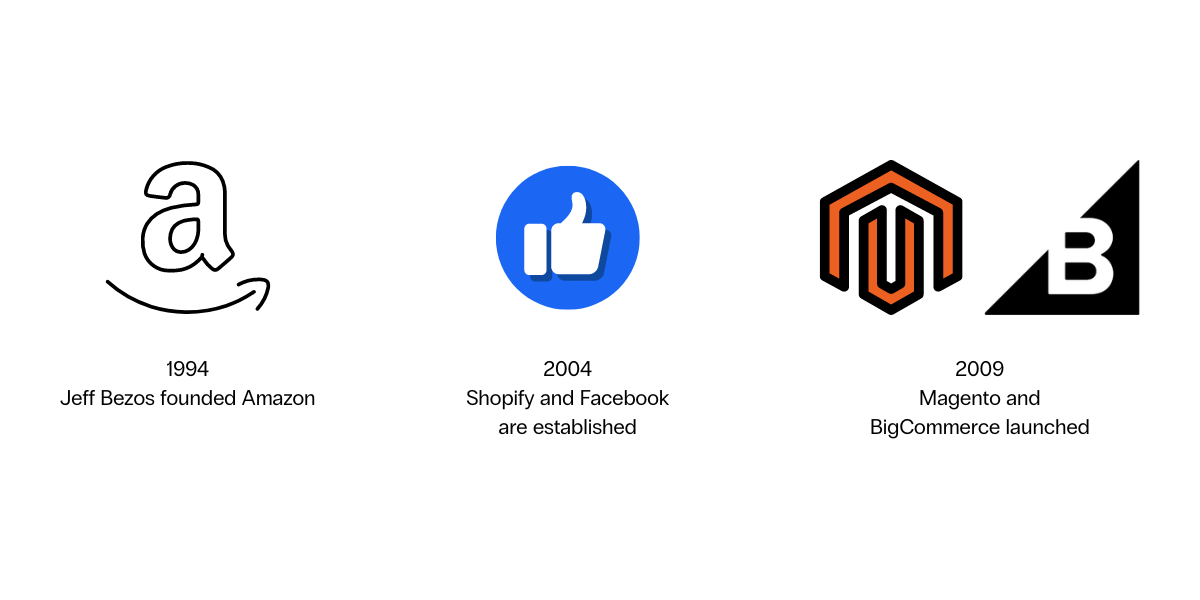Article
A Full History Of Cross-Border Commerce & How To Navigate It

Advancements in digital commerce have changed the way the world works and operates. The prevalence of cross-border commerce has opened new and exciting doors for businesses all over the world and brands can now expand their reach beyond their national borders. This exciting opportunity means that companies can now expand into other markets regardless of their size and industry.
What is Cross-Border commerce?
Simply put, cross-border commerce refers to the process of selling goods to consumers in various international countries. It does not matter whether you are a brick-and-mortar seller or an e-commerce business owner as long as you reach global clients. This type of commerce can occur between your business and a retailer or a consumer. It can also be between your business and another business. Cross-border trade has grown in popularity over the last couple of years as more consumers prefer to buy products overseas.
Cross-border shopping is becoming more mainstream...
Around 54% of US digital shoppers reported making online purchases from a foreign site in the past. 67% of global consumers who shop abroad are buying because prices are lower outside of their own country.
A Short History of Cross Border Commerce
The history of cross-border commerce dates back to 1994 when Jeff Bezos founded Amazon in Seattle, Washington, USA. Although he might not have thought about it at that time, Jeff Bezos would change the business landscape forever. His innovation facilitated technological advancement that has gone a long way towards improving competition, new technologies, and increased consumer demand.
Besides changing the way consumers and sellers use Amazon, his changes have been felt in other companies too. Since Jeff Bezos launched Amazon, numerous companies have come up to facilitate domestic and cross-border trade. This transformed the occasional shopping experience into a 24/7, international, cross-border experience.

Advancements in localization, improved logistics, and a wider variety of payment options are all making things fare more accessible for modern consumers all over the globe to buy goods from other countries. The ease of ordering from mobile devices opens up online sales to a new customer category in countries where most people do not own a computer. The increasing penetration of smartphones has opened up both the Middle East and Africa as small but growing markets for foreign products
The launch of Ads on popular social platforms such as YouTube Ads, Instagram Ads, Facebook Ads, Snapchat Ads have also made it easier for international merchants to launch marketing campaigns and connect with their overseas consumers beyond the social interactions.
At the moment, cross-border commerce continues to grow as more consumers switch to online shopping. Although e-commerce was growing at a fast rate before the pandemic, there is a consensus that the pandemic accelerated the growth of cross-border commerce significantly. To illustrate, Amazon’s international sales increased by 28.3% since the pandemic started. The development of cross-border trade can be attributed to the growing demand by customers to grow products from global markets.
To put things into perspective, China’s cross-border commerce is worth at least $60 billion. This figure is expected to grow as the demand for imported goods continues to grow. Cross-border trade is also widespread in France, with more than half of the country’s consumers buying products from international merchants. Here in the US, around 27% (https://web.archive.org/web/20211205161044/of interviewed consumers said they prefer to shop domestically and internationally.
Tips for Navigating Cross Border Commerce
You may be itching to expand internationally but it’s important to know what you are getting into. These tips can help you navigate cross-border commerce.

- Do your research
Every country is unique and will have its own cultural norms as well rules on doing business. Before entering a market, ensure that you understand tax laws, trade rules, and any other regulations that may affect your business. It’s important to remember the cultural aspect too. What couriers or payment methods do they use? - One country at a time
Don’t over-stretch yourself. Target one market to expand into and get it right! You don’t want to bite off more than you can chew. - Use the right platform
Not all platforms can handle a cross-border commerce strategy and it’s important to know if yours can. Luckily, Krepling will have you covered right from the get-go, supporting cross-border payments in over 120+ countries! - Triple-check your data
It’s possible you are already selling abroad and just don’t know it yet. Make sure to comb through the data you have, it could provide valuable insights.
Conclusion
Cross-border commerce is here to stay. Since Jeff Bezos launched Amazon, this type of trade has experienced tremendous changes and has only become more popular over the years. There’s plenty of opportunities out there and as long as you do your homework, there is plenty of money to be made.

